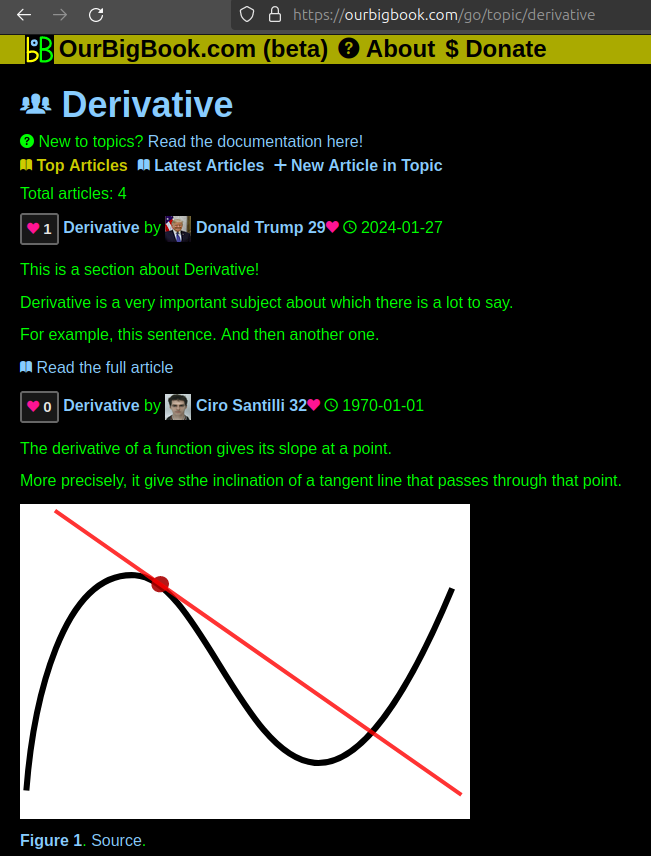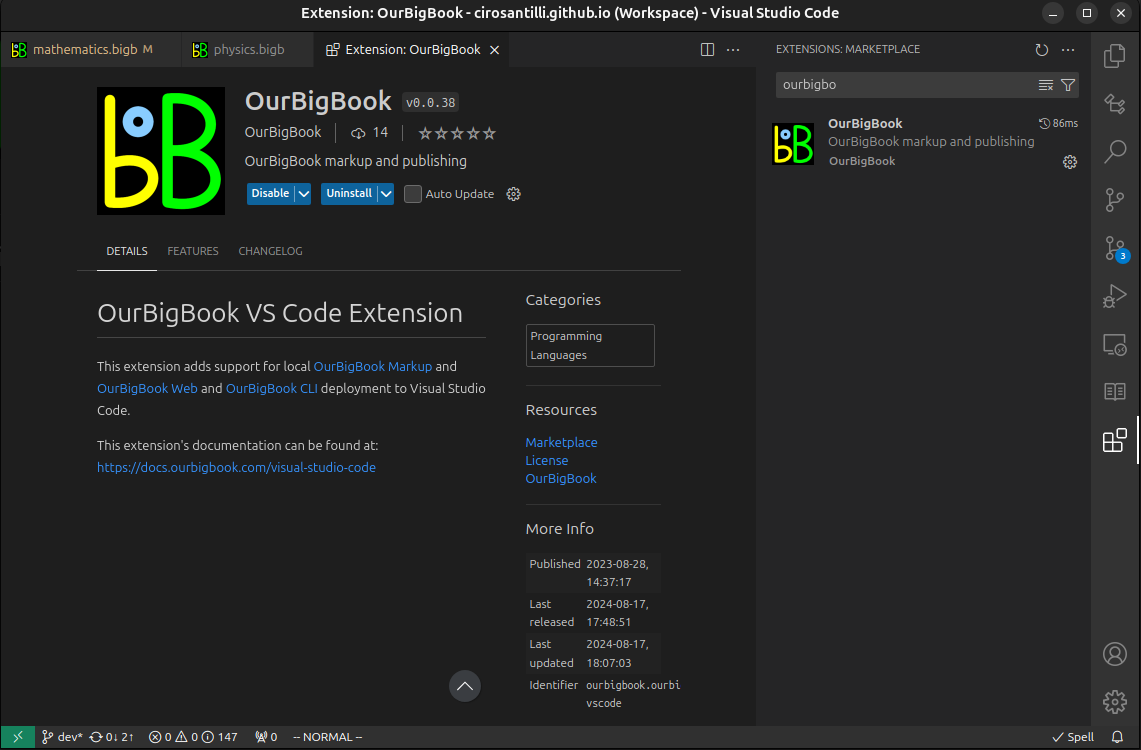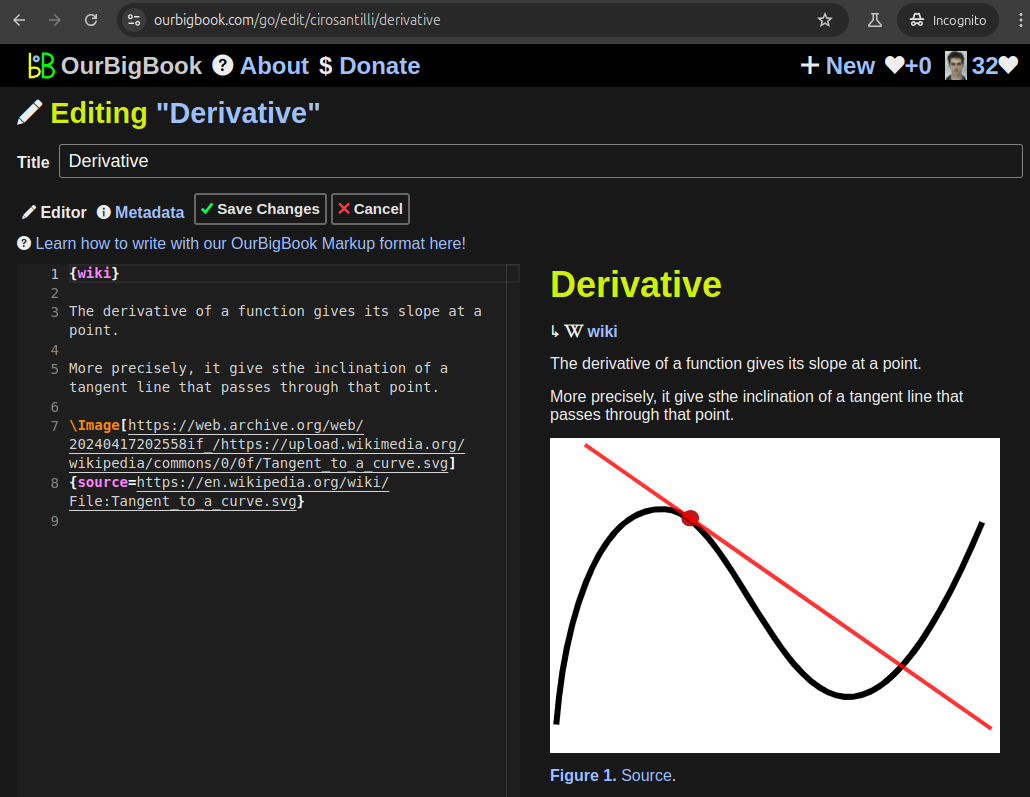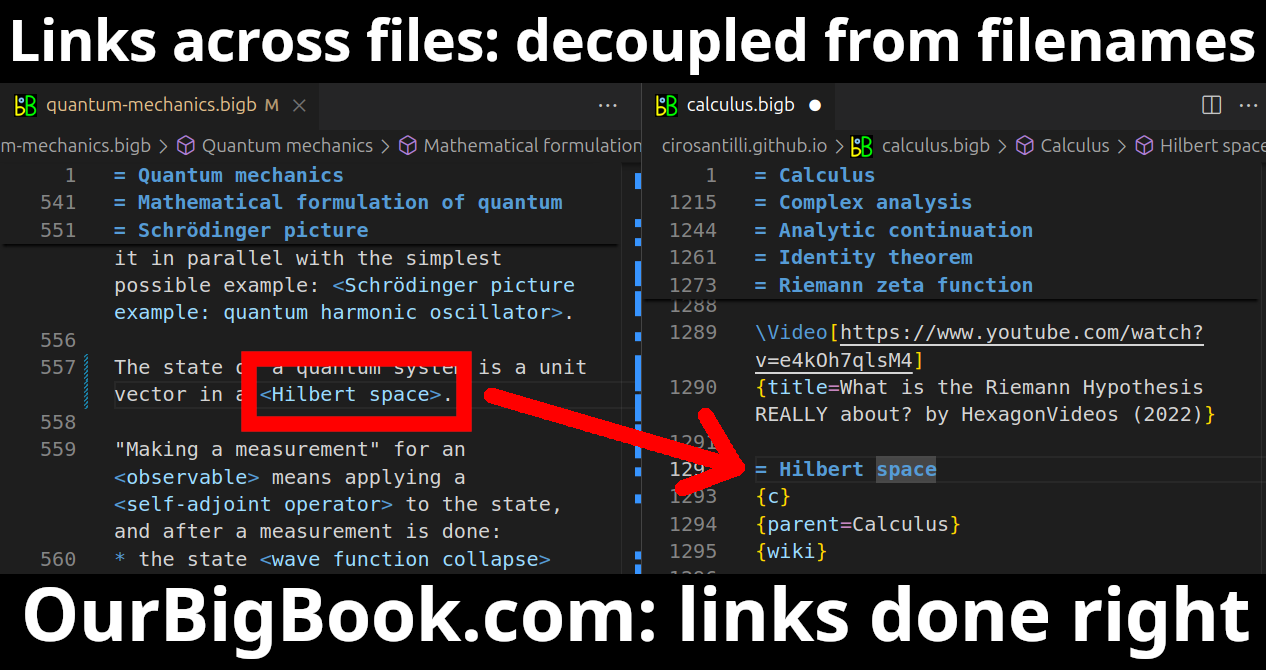The "Encyclopedia of Mathematics" is a comprehensive reference work that covers a wide range of mathematical topics. It provides detailed entries on various concepts, theorems, definitions, and applications within mathematics. The encyclopedia is designed to be an important resource for mathematicians, educators, students, and anyone interested in the field of mathematics.
Ralph P. Boas Jr. (1912-2009) was a notable American mathematician recognized for his contributions to mathematical analysis, particularly in the field of approximation theory and mathematical education. He was associated with the development of various mathematical concepts and is often remembered for writing textbooks and papers that helped to convey complex mathematical ideas to students and scholars.
Ramanath Cowsik is an Indian astrophysicist and a prominent figure in the field of astronomy and space science. He is known for his work in studying cosmic rays, astroparticle physics, and the interstellar medium. Cowsik has contributed significantly to the understanding of high-energy particles from outer space and has held various academic and research positions throughout his career.
Enthalpy-entropy compensation is a concept in thermodynamics and physical chemistry that refers to a phenomenon where changes in the enthalpy (ΔH) and entropy (ΔS) of a system seem to balance each other out in a way that maintains a relatively constant free energy change (ΔG) over a range of conditions.
Entropy estimation is a statistical method used to estimate the entropy of a probability distribution based on a sample of data. Entropy, in the context of information theory, is a measure of the uncertainty or randomness in a probability distribution. Specifically, it quantifies the expected amount of information produced by a stochastic source of data.
The Eötvös effect, named after the Hungarian physicist Loránd Eötvös, refers to the phenomenon where the apparent weight of an object changes when it is in motion, particularly when it is in free fall or subjected to acceleration. This effect arises from the interaction between gravitational forces and acceleration. In the context of gravimetry and geophysics, the Eötvös effect is important for understanding how mass distributions affect gravitational measurements.
The epiphreatic zone, also known as the capillary fringe, is a subsurface layer located just above the water table in an unconfined aquifer. This zone is characterized by the presence of soil pores that are filled with both water and air. The water in this zone is held by capillary forces and is not under pressure, unlike the groundwater below the water table.
The Equivalence Principle is a fundamental concept in physics, particularly in the context of general relativity. It states that the effects of gravity are locally indistinguishable from those of acceleration. In other words, being in a gravitational field and being in an accelerating reference frame are equivalent in terms of the physical effects experienced by an observer.
Erich Fischer is not a widely recognized figure in historical texts, popular culture, or notable events up to my last update in October 2023. There may be various individuals named Erich Fischer in different contexts such as academics, arts, or sciences, but without more specific information, it's difficult to identify one particular person or significance. If you're referring to a specific Erich Fischer, could you please provide more context or details? This would help me offer a more accurate and relevant response.
Eric Vanden-Eijnden is a notable figure in the field of applied mathematics and computational science. He is known for his work in areas such as dynamical systems, numerical analysis, and machine learning, particularly in the context of studying complex systems. His research often involves the development of algorithms and techniques for simulating and understanding the behavior of dynamical systems and for applying these methods to practical problems.
Ernest William Brown (1866–1938) was an English mathematician and astronomer known for his work in celestial mechanics and astrodynamics. He contributed significantly to the development of astronomical theories and methods, particularly related to the calculation of planetary orbits. One of his notable achievements was in advancing the analytical techniques for solving the three-body problem and other complex orbital motions.
As of my last knowledge update in October 2023, there is no widely recognized individual, organization, or concept known as "Ernst Rexer." It is possible that it could refer to a lesser-known person or a new entity that emerged after that date.
Ernst Zermelo was a German mathematician known primarily for his foundational work in set theory. He was born on December 27, 1871, and died on May 21, 1953. Zermelo is most famous for developing the Zermelo-Fraenkel set theory (ZF), which is one of the most commonly used axiomatic set theories in mathematics.
Ethical formalism, often associated with the philosophy of Immanuel Kant, is an ethical theory that emphasizes the importance of duty, rules, and principles in moral decision-making. Key features of ethical formalism include: 1. **Deontological Framework**: Ethical formalism is a deontological theory, meaning it focuses on the inherent rightness or wrongness of actions themselves, rather than their consequences. This approach holds that certain actions are morally obligatory regardless of the outcomes they produce.
Étienne Biéler was a Swiss painter, born on May 15, 1898, and passed away on January 23, 1987. He is known for his contributions to the Swiss art scene, particularly in the fields of painting, drawing, and printmaking. His work often reflects a blend of various styles and influences, including modernism.
Pinned article: Introduction to the OurBigBook Project
Welcome to the OurBigBook Project! Our goal is to create the perfect publishing platform for STEM subjects, and get university-level students to write the best free STEM tutorials ever.
Everyone is welcome to create an account and play with the site: ourbigbook.com/go/register. We belive that students themselves can write amazing tutorials, but teachers are welcome too. You can write about anything you want, it doesn't have to be STEM or even educational. Silly test content is very welcome and you won't be penalized in any way. Just keep it legal!
Intro to OurBigBook
. Source. We have two killer features:
- topics: topics group articles by different users with the same title, e.g. here is the topic for the "Fundamental Theorem of Calculus" ourbigbook.com/go/topic/fundamental-theorem-of-calculusArticles of different users are sorted by upvote within each article page. This feature is a bit like:
- a Wikipedia where each user can have their own version of each article
- a Q&A website like Stack Overflow, where multiple people can give their views on a given topic, and the best ones are sorted by upvote. Except you don't need to wait for someone to ask first, and any topic goes, no matter how narrow or broad
This feature makes it possible for readers to find better explanations of any topic created by other writers. And it allows writers to create an explanation in a place that readers might actually find it.Figure 1. Screenshot of the "Derivative" topic page. View it live at: ourbigbook.com/go/topic/derivativeVideo 2. OurBigBook Web topics demo. Source. - local editing: you can store all your personal knowledge base content locally in a plaintext markup format that can be edited locally and published either:This way you can be sure that even if OurBigBook.com were to go down one day (which we have no plans to do as it is quite cheap to host!), your content will still be perfectly readable as a static site.
- to OurBigBook.com to get awesome multi-user features like topics and likes
- as HTML files to a static website, which you can host yourself for free on many external providers like GitHub Pages, and remain in full control
Figure 3. Visual Studio Code extension installation.Figure 4. Visual Studio Code extension tree navigation.Figure 5. Web editor. You can also edit articles on the Web editor without installing anything locally.Video 3. Edit locally and publish demo. Source. This shows editing OurBigBook Markup and publishing it using the Visual Studio Code extension.Video 4. OurBigBook Visual Studio Code extension editing and navigation demo. Source. - Infinitely deep tables of contents:
All our software is open source and hosted at: github.com/ourbigbook/ourbigbook
Further documentation can be found at: docs.ourbigbook.com
Feel free to reach our to us for any help or suggestions: docs.ourbigbook.com/#contact






